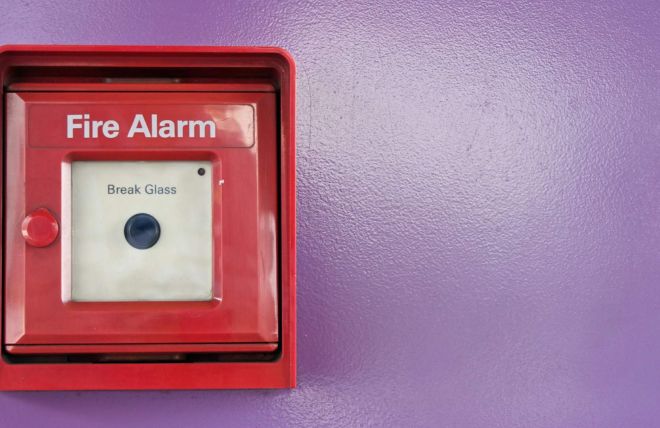A real rating needs real data. Here's why 30 games isn't enough for a trustworthy DUPR score, and what two Berkeley papers reveal about rating system flaws.
DUPR promises to be the gold standard of pickleball ratings. A smart, dynamic number that reflects your actual skill level. Sounds great. But there’s a catch: it only uses your last 30 games to calculate your current rating.
If that number sounds suspiciously low to you, you're not wrong. Because it’s not a real sample. It’s a guess.
Why 30 Games Doesn’t Work
Let’s do the math.
If you're a newer player, 30 games is two or three tournaments at most. If you play once a week with partner rotations, it might take months to hit that count. And once you do, your oldest matches start falling off the back of your record like they never happened.
That means:
- One bad weekend can wreck your rating
- Fast learners don’t get credit for progress
- Players start protecting their number instead of improving their game
The Research: Even Elo Says 30 Isn’t Enough
The Elo rating system, which DUPR is built on, has been studied in-depth. And guess what? Even the math experts at Berkeley agree that 30 games isn’t enough.
📄 Elo Ratings and the Sports Model: A Neglected Topic in Applied Probability? – David Aldous
This paper includes simulations showing how small sample sizes create unstable and misleading ratings.
📄 Becoming the World’s Highest Rated Chess Player – Rikhav Shah
This one shows how rating systems can be manipulated, especially with limited game data and cooperative opponents.
These papers were written for chess, but the same math applies. Incomplete data leads to distorted outcomes.
What a Better System Would Look Like
Let’s stop pretending 30 games tell the whole story. A rating system that actually works would:
- Use at least 100 to 150 games for accuracy
- Separate recreational games from tournament data
- Allow players to approve which games are counted
- Be open about how it calculates and weights each match
Right now, DUPR isn't helping players get better. It’s giving them a moving target based on an unstable snapshot.
Final Thought
If we want a rating that reflects real skill, it needs to be built on enough data to matter. Thirty games might be dynamic, but it's not reliable.
Until that changes, your DUPR is just a number. Not the truth.
References
- Aldous, D. J. (2017). A neglected topic in applied probability? Elo ratings and the sports model. Statistical Science, 32(4), 616–633. https://www.stat.berkeley.edu/~aldous/Papers/me-Elo-SS.pdf
- Shah, R. D. (2013). Becoming the world's highest rated chess player. University of California, Berkeley. https://math.berkeley.edu/~rdshah/files/becoming_the_worlds_highest_rated_chess_player.pdf




